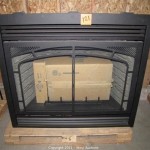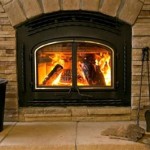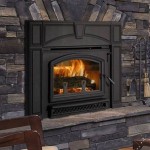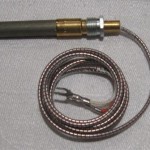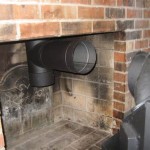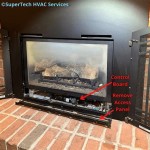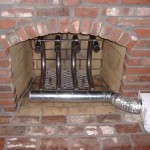How to Install a Gas Fireplace in an Existing Home
Installing a gas fireplace in an existing home can add warmth, ambiance, and value to your property. However, it's essential to approach this project with the necessary preparation and expertise to ensure safety and optimal functionality.
1. Site Assessment and Planning
Begin by carefully considering the desired location for your gas fireplace. Factors to consider include the availability of a gas line, the proximity to existing walls and furniture, and the overall aesthetics of the room. Once the site is chosen, create a detailed plan that includes the fireplace dimensions, clearances, and any necessary modifications to the surrounding structure.
2. Gas Line Installation (if necessary)
If your home lacks a gas line, you'll need to have one installed by a licensed plumber. The line should be sized appropriately for the BTUs of the fireplace and run from the main gas supply to the fireplace location. Proper ventilation and safety features, such as a gas shut-off valve, are crucial.
3. Vent System Installation
Gas fireplaces require a vent system to exhaust combustion gases and ensure indoor air quality. There are two main types of vent systems: direct vent and B-vent. Direct vent systems use a sealed pipe to vent gases directly through an exterior wall. B-vent systems use a metal chimney pipe that extends through the roof.
4. Fireplace Installation
The actual fireplace installation should be performed by a qualified contractor. The fireplace unit is placed into the prepared opening, and the surrounding structure is modified as necessary to accommodate it. Proper air circulation and spacing for combustibles are essential to prevent overheating and potential fire hazards.
5. Gas Line Connection and Testing
Once the fireplace is installed, the gas line is connected, and the system is thoroughly tested. A licensed gas fitter should perform this step to ensure that the fireplace operates safely and efficiently. The gas pressure, ignition system, and combustion process are all checked and adjusted accordingly.
6. Finishing Touches
Finalize the installation by adding decorative touches such as a mantel, surround, or hearth. These elements not only enhance the aesthetics of the fireplace but also provide additional protection from heat and sparks. Ensure that all materials used are non-combustible and meet local building codes.
Safety Precautions
Always prioritize safety when installing a gas fireplace. Use only licensed and certified professionals for gas line installation and fireplace maintenance. Follow all manufacturer's instructions carefully and adhere to local building codes and standards. Regular fireplace inspections and maintenance are crucial to ensure continued safe and efficient operation.

Adding A Fireplace To Existing Home Where For Fireplaces

Adding A Gas Fireplace To An Existing Home Just Log Fires

Convert To Gas Installing Fireplace Inserts Doctor Flue
How To Install Gas Fireplace Insert Heat Glo

Existing Fireplace Or A Brand New Build Lopi Fireplaces

How To Install A Gas Fireplace Insert This Old House
-small.gif?strip=all)
How To Replace Your Old Open Fire With A New Efficient Gas Fireplace
Converting A Wood Burning Fireplace Into Gas Heat Glo

How To Install A Gas Fireplace Diy Built In
Installing A Gas Fireplace Ask Yourself These 5 Questions Heatilator
Related Posts

